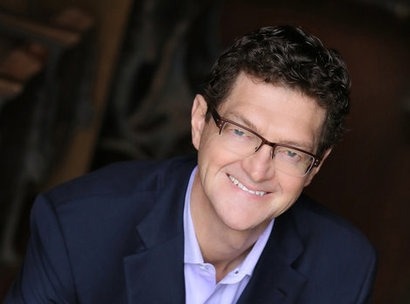
What’s the situation with China’s telecoms market at the moment?
China has been a major provider of telecommunications, chiefly cell phones, and so there are currently about 1 million base station sites. That’s an extremely large number and it’s become really chaotic. The Chinese government is now trying to co-locate several operations on one site while attempting to reduce the fossil fuel consumption of the industry. Many of these sites have diesel backup. In some circumstances, this isn’t practical so they’re trying to create this more rationalised approach with some sites in the cities.
How fast is this sector growing?
The growth rate has been very fast. You have 800 million users and as they move towards smartphones they’re driving the load up, for example with videos etc. being available on the phones. They’re moving towards 4G and 5G and are massive users.
How reliable is it currently?
Reliability is pretty good at the moment.
How much Chinese telecom’s is powered by renewable energy at the moment and what’s the growth potential?
It’s mostly powered by the grid with virtually none by renewables. This presents a problem in that in 4 years’ time, the Winter Olympics will be happening in Beijing, so they have to deal with the pollution problems.
What kind of time frame?
Imergy is a good choice as a partner for Juno so we’ve now got 2 year exclusivity to facilitate development structure. This isn’t going to be in the city though, it will be in more rural areas involving up to 10,000 towers of less than 5 kilowatts. These sites will be powered by renewable energy sources, and those renewable energy sources will reduce the burning of coal. We’re probably talking about 438 GWh of renewable energy per year.
If you can turn off the grid, due to batteries, you release a lot of power, so we’re taking a demand curtailment approach. There will be a 6 months trial period to gain approval and then a rollout. The trial period will last until the latter half of 2016 with the rollout in 2017 onwards. We’re going to learn a lot more about it as we move forwards. This is probably the first time such a thing has been attempted.
What are the potential carbon savings?
80-90% of China is coal-based energy – so the correlation is by what amount does renewable sources reduce carbon emissions from coal fired stations – and the answer is tons of carbon dioxide per megawatt hour. Every base station uses 5 kilowatts so multiply that by 8,760 days per year and that means 43,800 kw/h per year, per site, could be coming from renewable energy sources instead of coal. This is the equivalent of about 40 metric tons of CO2 per site.
The average coal plant is about 1 Gigawatt. 2.3 million tons of coal are used per year to power that plant and that will emit about 7.5 million metric tons of CO2 per year. How many kilograms of CO2 are emitted per kw/h of production? 1 MWh of energy from coal will emit 1 metric ton of carbon dioxide.
10,000 cell sites will therefore save 438,000 metric tons of CO2 by using renewable energy sources and Imergy batteries.
What kind of cost reductions are possible?
The savings could be close to 40 percent, but there’s not a great deal of information coming out of China. In Africa, the savings were close to 60 percent, so we reckon between 30 to 50 percent for China.
How are the Chinese doing with renewable energy generally?
There is increasing pressure in the economic plan to increase renewable deployment. Most of that will be solar PV probably, wind is mostly cosmetic and is geared more to creating an industry for exports. However, the emphasis is now firmly on health, especially in the cities, to drive down pollution. There are currently lots of problems with chest diseases etc. so renewables will probably increase significantly with a lot of emphasis on solar PV.
For additional information:

